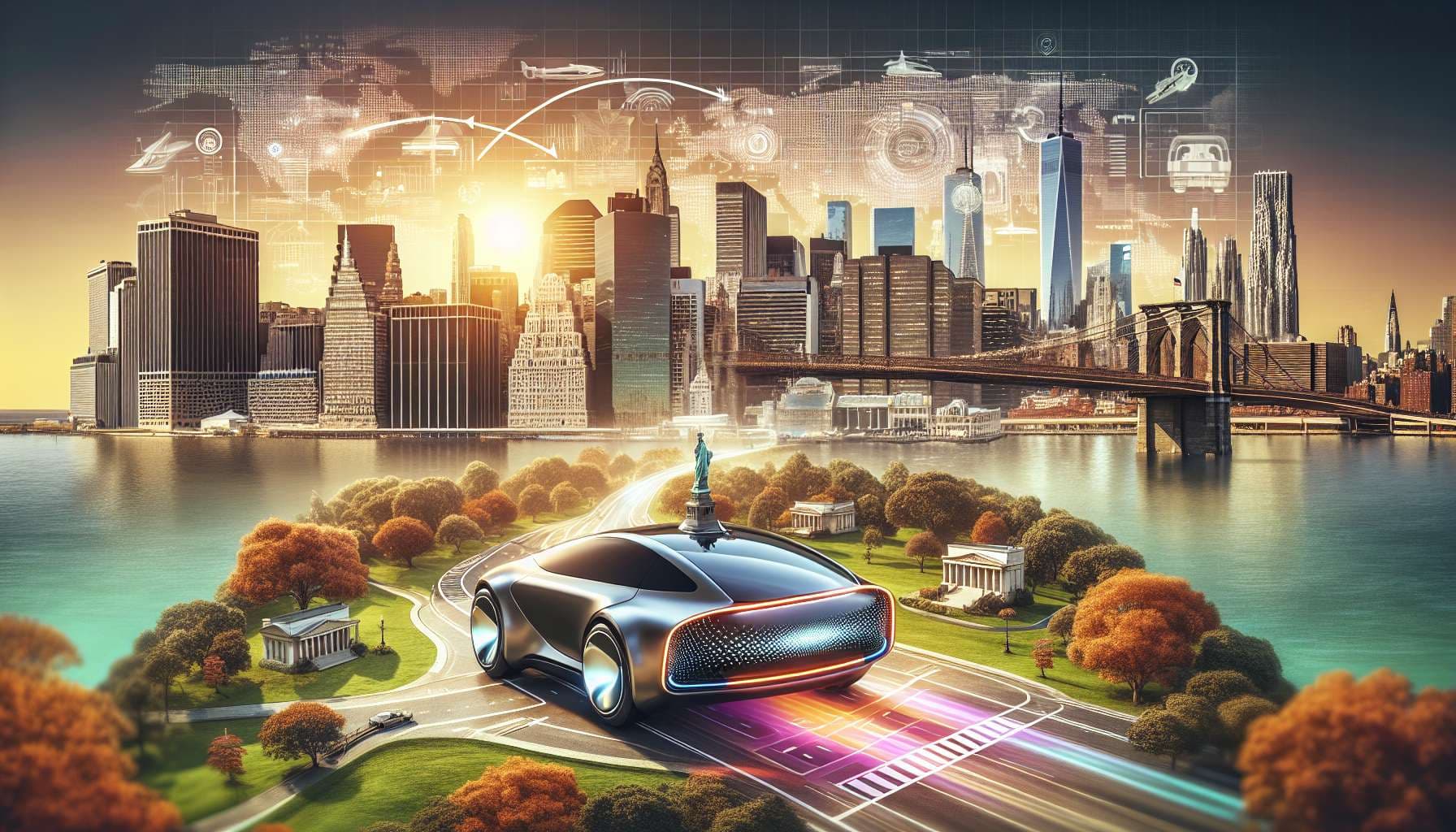
Either direction. One journey. Can have stops but no human in the drivers seat or taking control via internet.
Market doesn't close. I will not resolve to "Does not happen by market close"
People are also trading
So far Waymo is 50 million miles ahead and counting. We'll get a big update when we see Tesla's robotaxi launch in Austin next month. (It seems Tesla will launch something but I'm predicting it won't be unsupervised self-driving.)
In the meantime, I think the following bumps up the probability of Waymo doing a cross-country drive first, not that it sounds like it's super imminent:
@dreev adding this option as a market participant just completely changes the market and i don’t approve. the market close can always change, there’s nothing in the description that implies this option is valid. if it was, it would have been added at the start by the market creator. the market is asking which company will do it first, not if it will happen by any date. i don’t think this option should stay, seems like a cheap trick or muddying the waters
@ismellpillows Yeah, I agree, we should probably kill it. Also there's ambiguity about the close date that should get clarified. Is it intended to be open-ended? Let's get @NathanpmYoung to chime in.
The following article, that I originally found in the comments of a Sarah Constantin post, makes what I feel is a strong argument that Waymo is miles ahead of Tesla on this and that Tesla is not poised to catch up:
https://www.understandingai.org/p/on-self-driving-waymo-is-playing
@JamesGrugett I'm extremely Team Waymo here, with my only hesitation that they don't have cross-country trips as a goal. But Waymo could do this next week if they chose to and Tesla could not.
@dreev You just contradicted yourself here. If you watch the Tesla FSD channels, you will find mentions of things like zero intervention drives from one end of California to the other. Tesla could do this right now, and Waymo would have difficulty would the traffic negotiation on interstates around major hub cities. I've ridden in both, and the traffic negotiation skills of the Waymo are way behind!
@StCredZero Zero-intervention drives do not count at all. If the self-driving car were oblivious to pedestrians, hypothetically, then you could claim success on a cross-country drive by just trying again and again until there happened to never be any pedestrians crossing your path. The meaning of "no backup driver" or "no one in the driver's seat" is that you can trust it. Having a backup driver in the passenger seat would be cheating.
I've also ridden in both, for what it's worth, and have the exact opposite impression. Teslas seem to have way less situational awareness than human drivers (to the point of complete oblivion to unexpected obstacles in the road) and Waymos way more. It's been a while since I've been in a Tesla though. I'm interested in links to the videos you're referring to that may convince me I'm wrong.
From what I've seen, watching the Tesla FSD channels, a Tesla would stand a good change of being able to do this right now, if the developers would enable it. One could make it quite easy by leaving and arriving at night. It could even fall under the current Level 2 beta rules for human supervision, if the developers enabled someone supervising to take control via app with a game controller, sitting in the front passenger seat.
@StCredZero I would object to resolving in favor of Tesla if they did that. That's not my understanding of "no human backup driver". Which I'm only now noticing this market doesn't technically say, but maybe the market creator can clarify that that's the intended meaning? That's what's generally meant by "no human in the driver's seat".
@dreev If there are no interventions, and therefore no human engaged in the activity of driving, then I would argue that this constitutes a fully autonomous drive from New York City to San Francisco. (Or the other way around.)
To drive this point home (tee hee), imagine I take a Yugo on the expressway and turn on cruise control and take my hands off the wheel. Every so many miles it will need an "intervention" but it cannot be said to be self-driving in between those interventions. Similarly, if a Tesla makes a given trip -- even a cross-country trip -- with no interventions, that doesn't mean it operated at level 4 autonomy. It may have just gotten lucky on that particular trip. The lack of human backup driver is what makes the difference.
Here's a market on when it'll happen: https://manifold.markets/Forrest/by-what-year-will-a-car-have-driven
@IasonKoukas The way I read this market, if the developers enabled a supervision mode from the front passenger seat, it could happen right now, with a zero intervention drive.
@StCredZero See my replies to other comments here. Important to clarify that zero interventions is not the right criterion. If a human is monitoring and ready to override the computer while the car is in motion, that is not self-driving sans human backup -- even if any given trip happened to not need an intervention.